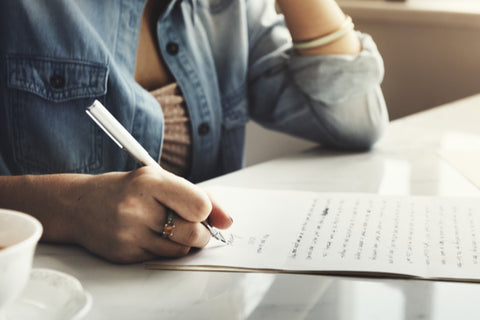Stay Connected and Engaged this Summer
Blog · May 28, 2020

With summer on the horizon, many educators are thinking about how to help their students maintain social connections and stay engaged in learning over the break. This year, due to social distancing, many students missed out on weeks of in-class instruction as well as peer-to-peer relationship building and bonding. As we approach the summer months, teachers are looking for ways to bolster both self-study and peer connectedness.
In a typical summer, students experience some level of learning loss due to the break from instruction. Often referred to as "summer slide," students tend to fall back on their education and forget important concepts during the summer months. This year, educators are looking at the potential effects of additional weeks lost due to school closures. Aside from missed lessons, many students have been physically separated from their peers and classmates. Friendships and relationships with teachers and coaches have an impact on students’ social emotional health and academic achievement. Strong relationships and prosocial bonds build resiliency and promote resistance to negative behaviors like substance use.
How can we encourage students to stay connected with their peers and engaged in learning, even when they may be physically apart? Here are some strategies to facilitate bonding and promote healthy relationships between students, and encourage a habit of reading and writing over the break.
Virtual Book Clubs
 Encourage your students to participate in a virtual book club. Friends can read the same book and set up weekly video calls to discuss the stories they’ve read. Choosing a theme for the month can provide fodder for interesting conversation as well as allow the students to practice Compare and Contrast techniques. They will have a reliable cadence to socialize and a shared experience to help them relate with friends and classmates.
Encourage your students to participate in a virtual book club. Friends can read the same book and set up weekly video calls to discuss the stories they’ve read. Choosing a theme for the month can provide fodder for interesting conversation as well as allow the students to practice Compare and Contrast techniques. They will have a reliable cadence to socialize and a shared experience to help them relate with friends and classmates.
A fun twist on this idea is to use audio books for the book club. For younger or emerging readers, listening to a story being narrated and enhanced with silly sound effects and music can help them connect with more advanced texts than they may be able to read on their own. When listening to stories, children also develop a sense of narrative structure, an understanding of language, and a relationship to the emotions and perspectives of the characters.
Pen-Pals
Another great virtual bonding experience idea is to establish pen-pal pairs for your students. Whether they choose to write using pen and paper, email, or virtual messaging systems, they will gain valuable experience with writing, reading, and staying connected to their peers. Encourage your students to get creative. They can send artwork, puzzles, or Mad Libs back and forth to each other, or you can post weekly letter writing prompts as suggestions to spark your students’ inspiration. Exchanging letters and messages is a tried and true method of maintaining and building strong bonds that can provide valuable reading and writing practice.Virtual Volunteering
Connect with your class over a shared cause through virtual volunteering. Giving back to the community promotes a sense of connectedness, hope, and compassion. Many volunteering opportunities are virtual such as knitting hats for infants or sewing masks for seniors. Virtual volunteering opportunities abound for all ages from drawing supportive messages for first responders to helping community organizations maintain a social media presence to get their messages out. Volunteering together can be a great way to connect your school community, strengthen students’ bonds, and contribute to the greater good.Being valued by the community builds protection within young people building their sense of self efficacy and self-worth as it contributes to their social-emotional and academic well-being. Encouraging your students to connect and engage over the break will help each of us return to school in the fall energized and ready to learn.
Resources for Summer Learning
Out of School Activities
https://toogoodprograms.org/pages/out-of-school-activities-1Virtual Volunteering
https://www.volunteermatch.org/search/opp3291703.jsphttps://www.volunteermatch.org/virtual-volunteering/Computers%20&%20Technology